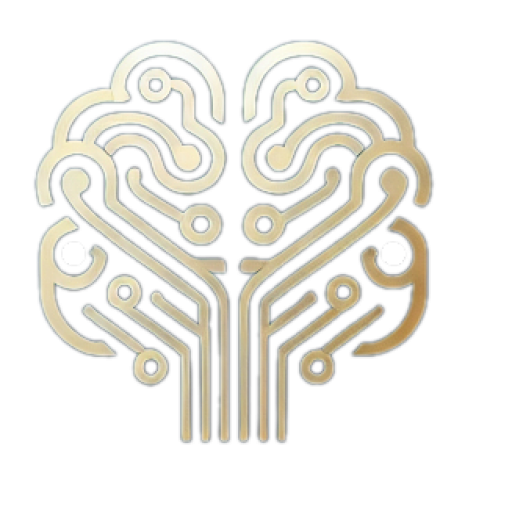For those who were told their essays would be forwarded, and for whom this outcome was not foreseeable, dissonance was not eliminated. “The unforeseeable nature of the good consequence did not allow these participants to be free of their dissonance and the need to change their attitudes” (Cooper, 2007, p. 72). Rosenberg’s study, and Linder, et al’s response, is an example of the way in which controversy and disagreement spurred the theory forward. As a result of the ‘conversation’ between theorists with opposing viewpoints, the role of an important caveat – the condition of free choice – was discovered. In the decades that followed, research would uncover a number of other important caveats, or what Cooper (2007) refers to as the “but only’s.” Dissonance occurs, but only under certain circumstances.
Social

Festinger was unsurprised by the sudden proselytizing Alcohol Use Disorder after the prophecy’s disconfirmation; he saw the cult members as enlisting social support for their belief to lessen the pain of its disconfirmation. Their behaviour confirmed predictions from his cognitive dissonance theory, whose premise was that people need to maintain consistency between thoughts, feelings, and behaviours. We explored key concepts such as consonant and dissonant cognitions, post-decisional dissonance, selective exposure, and self-perception theory.
When do people engage in attitude-discrepant behaviors?

This may be accomplished most readily in the area of health, but can also affect the political and economic realms as well. How do we understand some of the unusual political attitudes of modern democracies that fawn over leaders who seem prepared to compromise those democracies? More than six decades of research in cognitive dissonance should make us confident that we can effect these translations productively.
Easing the burden of a conflicting belief
After forced compliance, individuals may reduce cognitive dissonance by re-evaluating their attitude toward past actions. This re-evaluation process helps align their beliefs with their behaviors, reducing the psychological discomfort caused by dissonance. Public apologies or retractions of statements can also lead to cognitive dissonance, as individuals grapple with the conflict between their actions and their true beliefs.
- Here’s my take on how psychology—and Schrödinger’s cat—can help you make sense of today’s political contradictions.
- This alignment reduces the likelihood of dissonance and enhances the effectiveness of marketing efforts.
- Online therapy platforms amplify these effects, using guided exercises to resolve dissonant self-concepts, with evidence showing reduced anxiety and depression (Lee & Kim, 2024).
- Another common example is when someone makes an expensive purchase and then discovers it wasn’t worth the price.
- Dissonance arousal is not merely cognitive but also emotional and physiological, with studies showing elevated stress responses, such as increased heart rate, during dissonant states (Brown & Taylor, 2023).
When you receive new information that challenges your beliefs – like learning that the owner of the local bakery isn’t a good employer – you can feel cognitive dissonance. The field of social psychology has always had equal interest in theoretical advancement and practical applications of its theories. A premature application of theory into practice, however, can be risky for both uses, as such an application can lead to incorrect application of the theory because the theory was not sufficiently researched before it is applied.
- The greater the dissonance, the greater the urgency to make the cognitive changes necessary to reduce the unpleasant tension state.
- Because these behaviors are pro-attitudinal rather than counterattitudinal, the best way for achieving change is to arouse the dissonance-based motivational drive of hypocrisy.
- If the person who ate a donut for breakfast, for example, ate only fruits and vegetables the day before, and also planned to exercise the day he consumed the donut, then these relevant consonant cognitions might help offset dissonance.
- In the case of a discrepancy between attitudes and behavior, it is most likely that the attitude will change to accommodate the behavior.
- Sometimes, we find ourselves engaged in effortful activities that make little sense or find that we have to say or do things that do not quite fit with our private attitudes.
- It means that the person has a conflict of values, making them uncomfortable.
In this theory, he states that cognitive dissonance is a state of cognitive dissonance and addiction non-equilibrium where the behaviors and attitudes are inconsistent with one another. In simpler terms, when a person engages in a behavior that does not match their beliefs and moral values, they tend to experience a psychological discomfort which is termed cognitive dissonance. Cognitive dissonance refers to the mental discomfort that arises when an individual holds contradictory beliefs or engages in behaviors that conflict with their existing attitudes. It was first introduced by Leon Festinger in the late 1950s as a groundbreaking theory that explained why people strive for consistency between thoughts, beliefs, and actions.
We value diversity and cultural differences, offering personalized and culturally sensitive care to each client. Cognitive dissonance can adversely affect mental health by causing psychological discomfort that leads to negative emotions like guilt and shame, which may increase the risk of depression and substance abuse. For instance, when faced with a choice between two equally appealing options, individuals may experience cognitive dissonance as they weigh the pros and cons of each option. According to this theory, if you have high self-esteem, you’re less likely to https://minecraftplushies.com/why-does-alcohol-give-me-a-headache-after-one/ struggle with cognitive dissonance.
